航空发动机气膜冷却孔电火花加工多物理场仿真研究毕业论文
2020-04-15 16:47:47
摘 要
航空发动机属热力机械,它是飞机的心脏。由于工作在高温环境中,所以涡轮叶片不仅采用镍合金、钛合金等高温材料制造,而且还要必须在上面加工出气膜冷却孔进行冷却。而这些高温合金材料由于表面硬度大,强度大,所以非常难以用传统机械方式加工。电火花加工由于不受所加工材料硬度的影响,并且重熔层厚度非常薄,已经成为加工气膜冷却孔的首选方式。
本文将根据电火花加工的原理,建立基于流场理论的间隙流场模型,利用FIUENT有限元流体仿真软件对间隙流场进行仿真,对间隙流场内压力场和速度场进行研究,并分析不同内冲液压力和工具电极[1]转速对于流体压力场和速度场的影响。最后设计并进行了电火花加工的实验,对以下两个方面进行研究,内冲液压力不同时,对加工孔圆度、锥度和材料去除率的影响;电极旋转速度不同时,对加工孔圆度、锥度和材料去除率的影响。
关键字:电火花加工 CFD仿真 螺旋电极
Multi-Physical Field Simulation of EDM for Film Cooling Hole of Aeroengine
Abstract
Aeroengine belongs to thermal machinery, it is the heart of aircraft. Because of working in high temperature environment, turbine blades are not only made of high temperature materials such as nickel alloy and titanium alloy, but also must be cooled by processing film cooling holes on them. Because of the high surface hardness and strength, these superalloys are very difficult to be machined by traditional mechanical methods. Because EDM is not affected by the hardness of the material and the thickness of the remelting layer is very thin, it has become the preferred method to process film cooling holes.
According to the principle of EDM, a gap flow field model based on flow field theory will be established in this paper[5]. The finite element fluid simulation software FIUENT is used to simulate the clearance flow field, and the pressure and velocity fields in the clearance flow field are studied[3]. The effects of different internal impulse pressure and tool electrode speed on the fluid pressure and velocity fields are also analyzed. Finally, the experiments of EDM are designed and carried out, and the following two aspects are studied: the influence of different internal punching pressure on the roundness, taper and material removal rate of the hole, and the influence of different rotating speed of the electrode on the roundness, taper and material removal rate of the hole.
Key words: EDM;CFD simulation;spiral electrode
目录
摘要 I
Abstract II
第一章 绪论 1
1.1气膜冷却孔的应用背景 1
1.2气膜冷却孔加工技术 1
1.2.1传统机械加工 2
1.2.2 激光技术打孔 2
1.2.3 电解成型加工小孔 3
1.2.4 高速电火花加工 3
1.3 国内外电火花电解加工技术现状 4
1.4课题来源及意义 5
1.5本文主要研究内容 6
第二章 电火花加工原理分析和仿真研究 7
2.1电火花加工原理 7
2.2基于电火花加工的多物理场仿真研究 7
2.2.1引言 7
2.2.2流体运动所遵循的运动定律 8
2.2.3几何数学模型的建立与仿真 8
2.3本章小结 8
第三章 探究不同内冲液压力及工具电极转速对间隙流场影响 13
3.1 电火花加工间隙流体仿真分析 13
3.1.1压力场分析 13
3.1.2速度场分析 15
3.2不同内冲液压力对间隙流场影响 16
3.2.1 不同内冲液压力对间隙流场压力的影响 16
3.2.2不同内冲液压力对间隙流场速度的影响 17
3.3不同工具电极转速对间隙流场影响 18
3.3.1不同工具电极转速对间隙流场压力的影响 18
3.3.2 不同工具电极转速对间隙流场速度的影响 19
3.4本章小结 19
第四章 螺旋管电极电火花加工实验研究分析 21
4.1实验加工方案 21
4.2不同内冲液压力对加工速度、圆度和锥度的影响 24
4.3不同工具电极转速对加工速度、圆度和锥度的影响 27
4.4 经济性分析 29
4.5本章小结 29
第五章 结论与展望 31
5.1 总结 31
5.2 展望 31
参考文献 32
致谢 35
第一章 绪论
1.1气膜冷却孔的应用背景
众所周知,航空工业是尖端工业,大力发展航空工业,对于中华民族的伟大复兴具有重大意义。而航空发动机是尖端工业中的尖端,被誉为“工业之花”。在航空发动机的众多参数中,有一个技术指标极为重要,这就是推重比。为了提高推重比,就必须提高热效率,而这就对叶片材料高温性能要求及其的高。为了应对高温高压的工作环境,普通的合金材料是不行的,必须是高温合金材料才行,比如高温镍基合金材料,另外,还必须配合先进的冷却技术,而气膜冷却孔在其中的作用最大。一般一个叶片有数十个这种直径在0.2mm到0.8mm的小孔,并且这些小孔空间度极其复杂。如图1-10所示
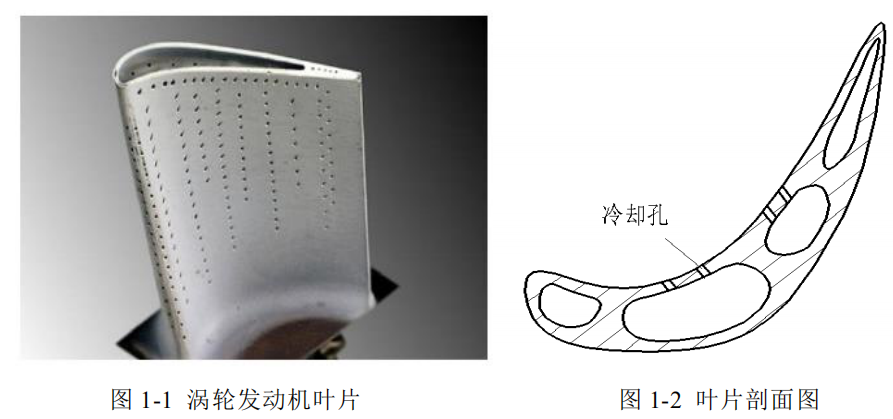
以上是毕业论文大纲或资料介绍,该课题完整毕业论文、开题报告、任务书、程序设计、图纸设计等资料请添加微信获取,微信号:bysjorg。
相关图片展示:
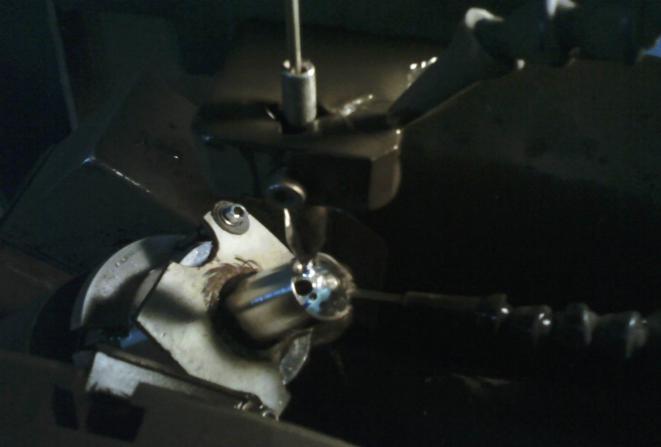
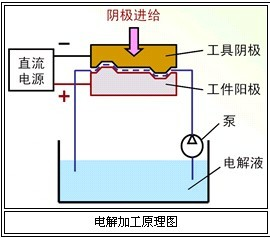
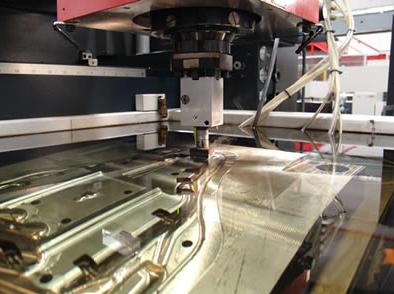
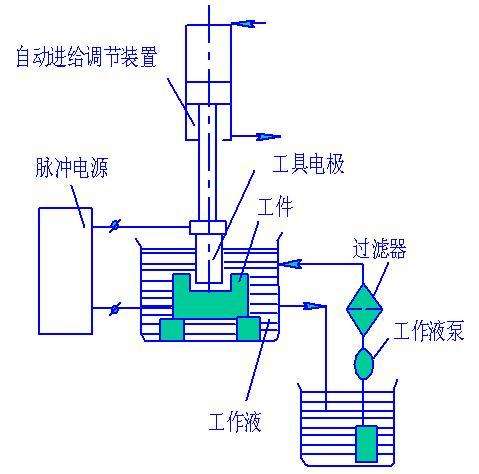

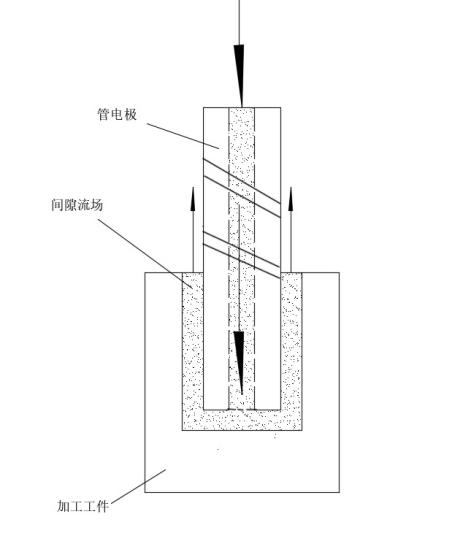
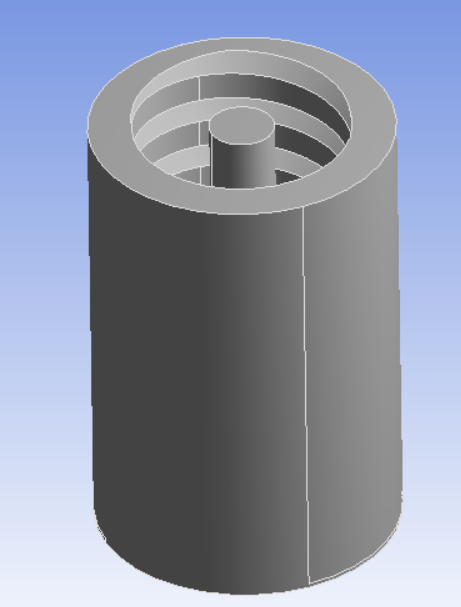
课题毕业论文、开题报告、任务书、外文翻译、程序设计、图纸设计等资料可联系客服协助查找。



